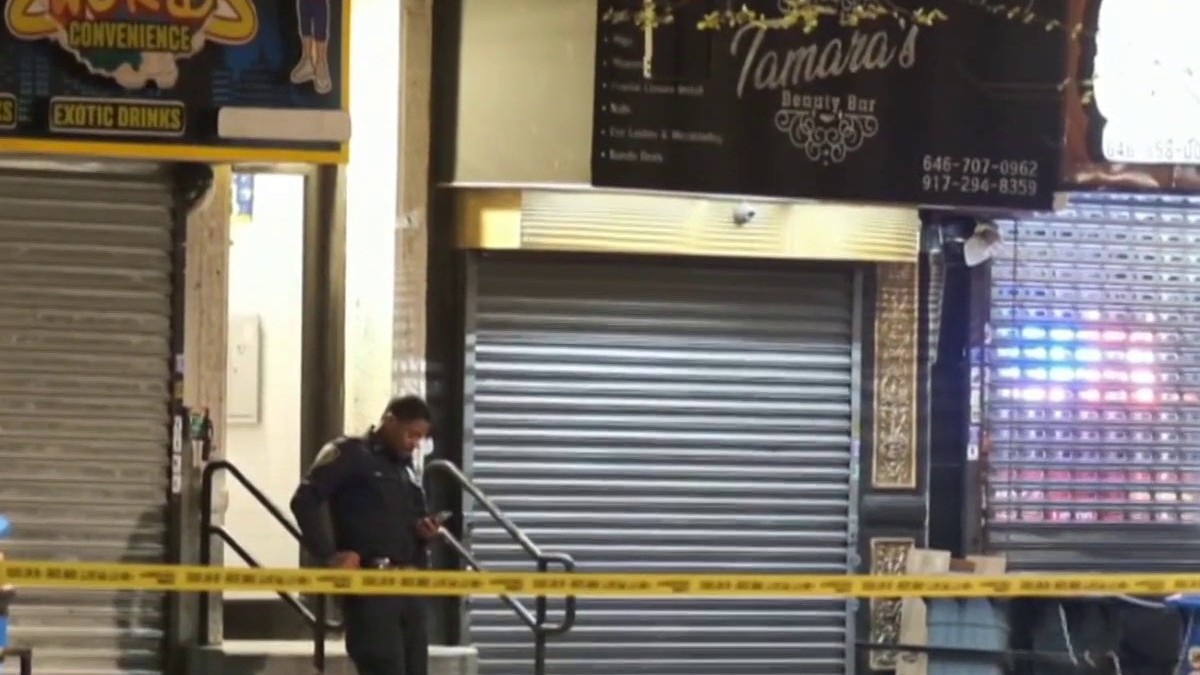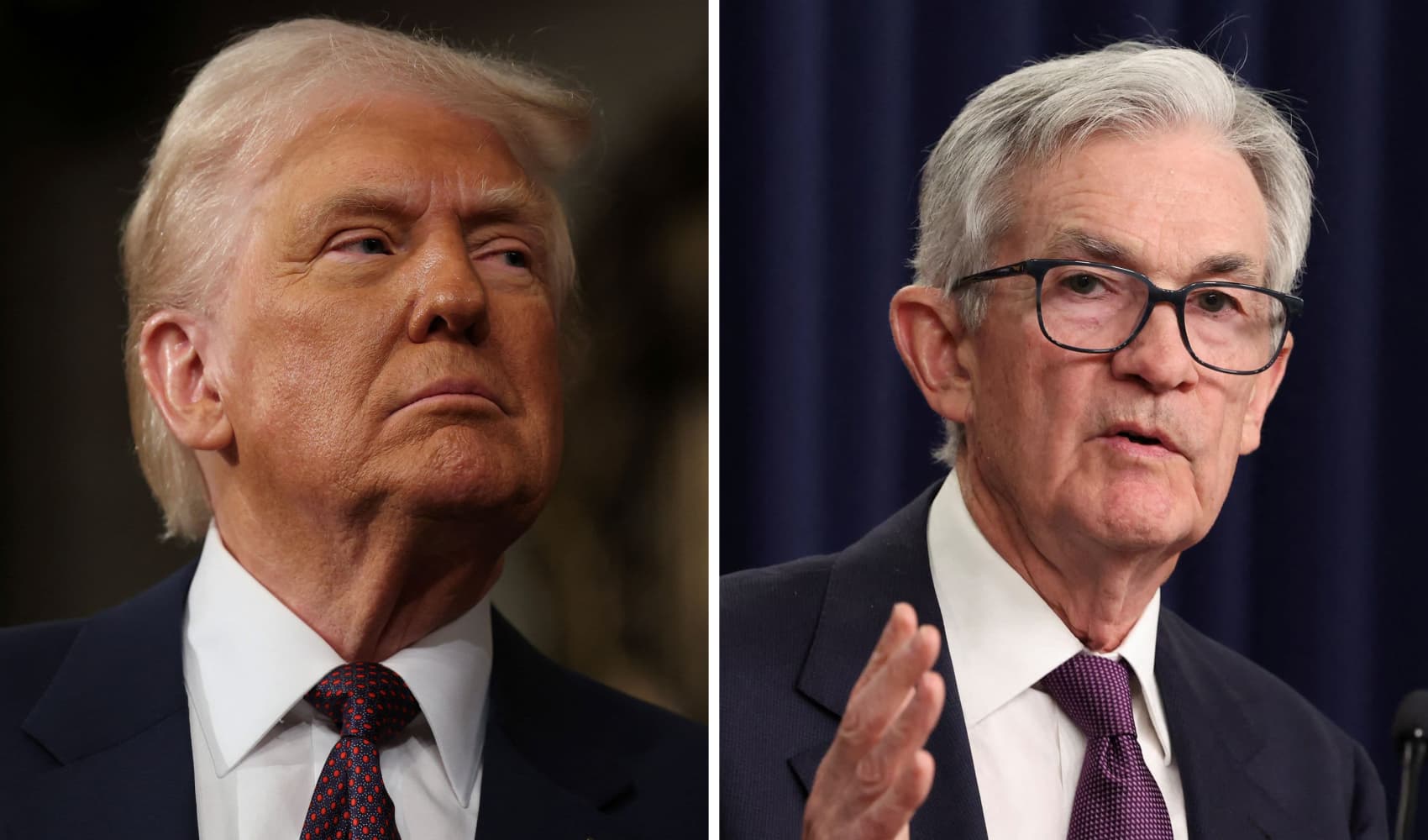Mortgage Demand Plummets: Should You Buy Now?
Mortgage Demand Plummets: Is the Housing Market Cooling Off?
Introduction: A Chill in the Air for Homebuyers?
Well, folks, it seems the housing market might be hitting a bit of a speed bump. Just when we thought things were settling down, news arrives that mortgage demand has taken a nosedive. Think of it like this: the housing market was a roaring bonfire, and now someone's thrown a bucket of water on it. What's going on? Let’s dive in and find out why potential homebuyers are suddenly hesitant and what it means for you.
The Numbers Don't Lie: A Significant Drop
Last week, total mortgage application volume fell a whopping 12.7% compared with the previous week, according to the Mortgage Bankers Association’s seasonally adjusted index. That’s not just a slight dip; it’s a significant plunge. This signals a real shift in buyer sentiment.
Interest Rates on the Rise: The Main Culprit?
30-Year Fixed Rates Creeping Up
The average contract interest rate for 30-year fixed-rate mortgages with conforming loan balances, $806,500 or less, increased to 6.90% from 6.81%. And those points? They rose too, to 0.66 from 0.62, including the origination fee, for loans with a 20% down payment. That's the highest rate we've seen in two months!
What Does This Mean for Your Wallet?
Think about it: a seemingly small increase in interest rates can translate to hundreds of dollars more each month on your mortgage payment. That can really add up over the life of the loan. It's like trying to carry a bag of groceries – one extra item might not seem like much, but eventually, your arms start to ache!
Economic Uncertainty: The Elephant in the Room
Concerns Beyond Interest Rates
It's not just higher interest rates spooking potential homebuyers. Many are also worried about the broader economy. Are we headed for a recession? Will the stock market continue its rollercoaster ride? These are questions weighing heavily on people's minds.
Stock Market Jitters: Affecting Homebuying Decisions
Potential homebuyers are also keeping a close eye on their stock portfolios. Losses in the market can erode savings and make people less confident about making a large purchase like a home. After all, nobody wants to buy a house right before their retirement fund takes a hit!
Refinance Demand: A Shrinking Opportunity
Still Above Last Year, But…
Refinance demand is still higher than it was a year ago, but it’s falling fast. Remember when everyone was rushing to refinance their mortgages at record-low rates? Those days seem to be fading into the past.
The Window is Closing
The opportunity to refinance at super-low rates is definitely narrowing. If you’re still considering a refinance, it might be time to act sooner rather than later.
Is This a Sign of a Cooling Housing Market?
Early Indicators Point That Way
While it’s too early to declare a full-blown housing market correction, these indicators suggest a definite cooling trend. Remember, markets don’t go straight up forever; they tend to cycle.
A More Balanced Market?
A cooling market could actually be a good thing in the long run. It could mean less intense bidding wars, more inventory, and more negotiating power for buyers. Imagine being able to actually take your time and choose the right home, instead of feeling pressured to make a snap decision!
What Should Potential Homebuyers Do?
Assess Your Financial Situation
Now is the time to take a hard look at your finances. Can you comfortably afford a home at these interest rates? Are you prepared for unexpected expenses?
Shop Around for the Best Rates
Don’t settle for the first mortgage rate you’re offered. Shop around and compare rates from multiple lenders. A little effort can save you a lot of money over the long term.
Consider Different Loan Options
Explore different types of mortgages, such as adjustable-rate mortgages (ARMs) or government-backed loans. Just be sure you understand the risks and benefits of each option.
What Does This Mean for Sellers?
Adjust Your Expectations
Sellers may need to adjust their expectations. The days of receiving multiple offers above asking price might be coming to an end. It might be time to accept a reasonable offer rather than holding out for the perfect one.
Focus on Presentation
Make sure your home is in tip-top shape. Stage it well and highlight its best features. In a more competitive market, presentation matters more than ever.
Long-Term Perspective: Don't Panic!
Housing Markets Are Cyclical
It’s important to remember that housing markets are cyclical. Ups and downs are a normal part of the process. Don’t panic if you see a dip in demand or prices. Stay calm and make informed decisions.
Real Estate: A Long-Term Investment
Real estate is generally considered a long-term investment. While short-term fluctuations are inevitable, historically, real estate has proven to be a solid way to build wealth over time.
Expert Opinions: What Are the Pros Saying?
Analyzing Market Trends
Real estate experts are closely watching these trends and analyzing their potential impact on the market. Many believe that while the market is cooling, it's not necessarily heading for a crash.
Adaptation is Key
The key, according to experts, is to adapt to the changing market conditions. Buyers and sellers need to be realistic and flexible in their approach.
Future Outlook: What Lies Ahead?
Monitoring Economic Indicators
The future of the housing market will depend largely on economic factors such as inflation, interest rates, and job growth. Keep an eye on these indicators to get a sense of where the market is headed.
Potential Opportunities
Despite the current challenges, there are also potential opportunities for both buyers and sellers. A cooling market can create buying opportunities for those who have been priced out of the market. And sellers who are willing to adjust their expectations can still find success.
Conclusion: Navigating a Changing Housing Landscape
So, what's the bottom line? Mortgage demand is down, interest rates are up, and economic uncertainty is looming. While this might sound alarming, it's important to stay informed and make smart decisions based on your individual circumstances. Don't panic, but do be prepared! The housing market is dynamic, and those who adapt to change will be best positioned to succeed.
Frequently Asked Questions
Here are some frequently asked questions about the current state of the housing market:
- Q: Will housing prices crash?
A: While a significant price drop is unlikely, a more moderate correction is possible in some areas. It depends on local market conditions and economic factors. - Q: Is now a good time to buy a house?
A: It depends on your individual circumstances and financial situation. If you're financially stable and plan to stay in the home for the long term, now might be a good time to take advantage of lower competition. - Q: Should I wait for interest rates to go down before buying?
A: Trying to time the market is difficult. Interest rates could go up or down. Focus on finding a home you can afford at the current rates. - Q: How can I improve my chances of getting a mortgage?
A: Improve your credit score, reduce your debt-to-income ratio, and save for a larger down payment. - Q: What is the difference between a fixed-rate and an adjustable-rate mortgage?
A: A fixed-rate mortgage has the same interest rate for the life of the loan, while an adjustable-rate mortgage (ARM) has an interest rate that can change periodically. ARMs are often lower initially but can increase over time.








